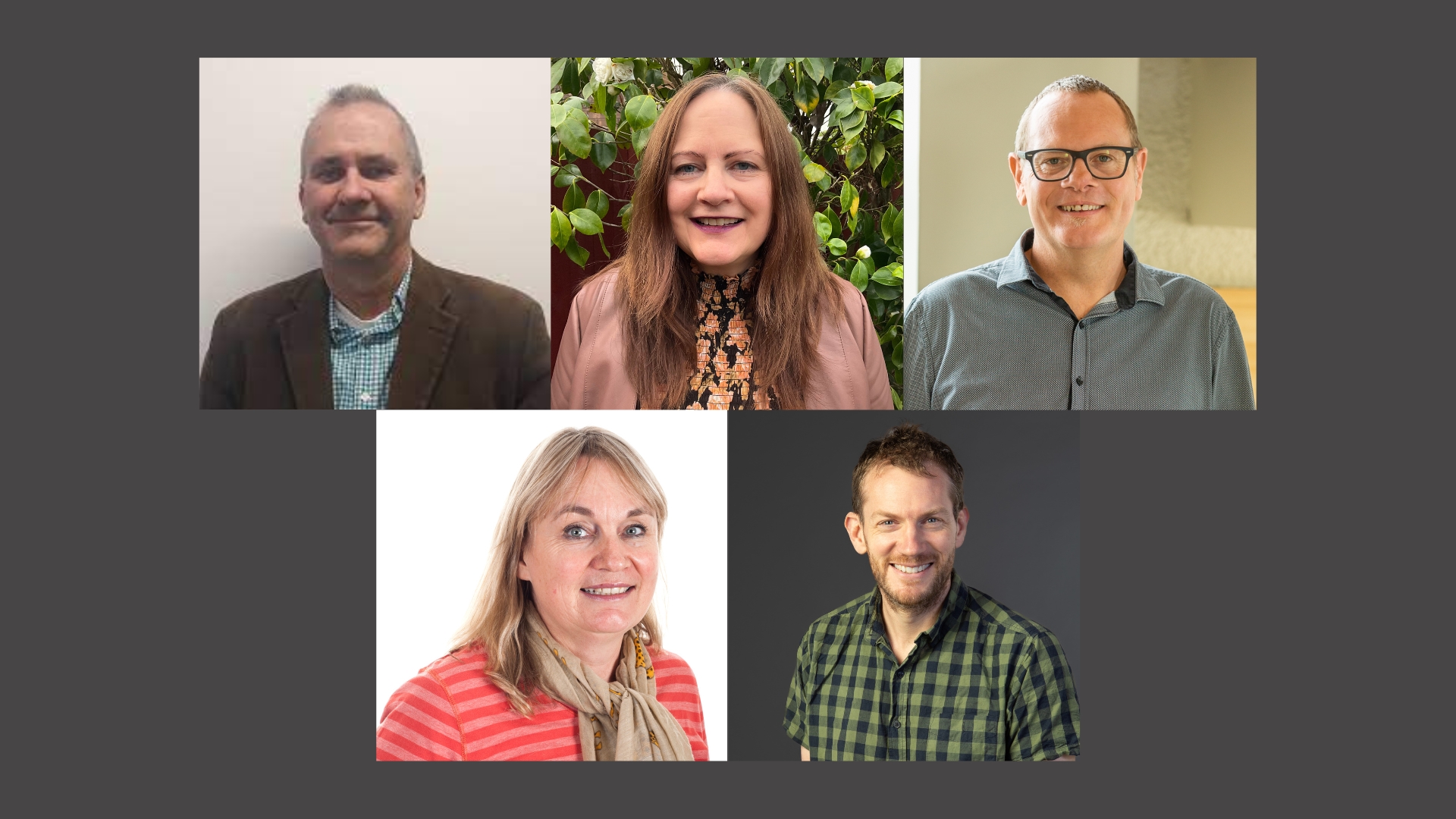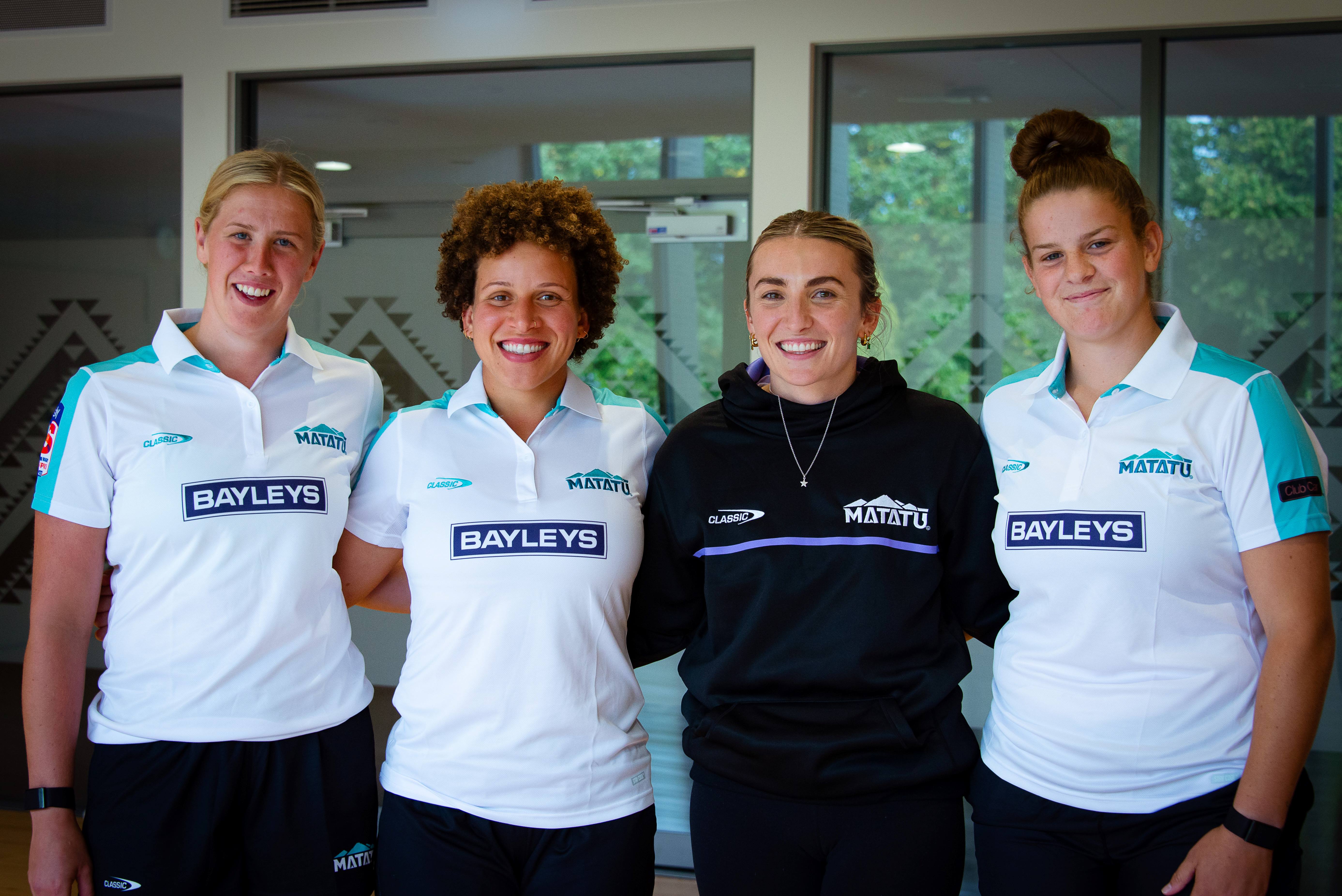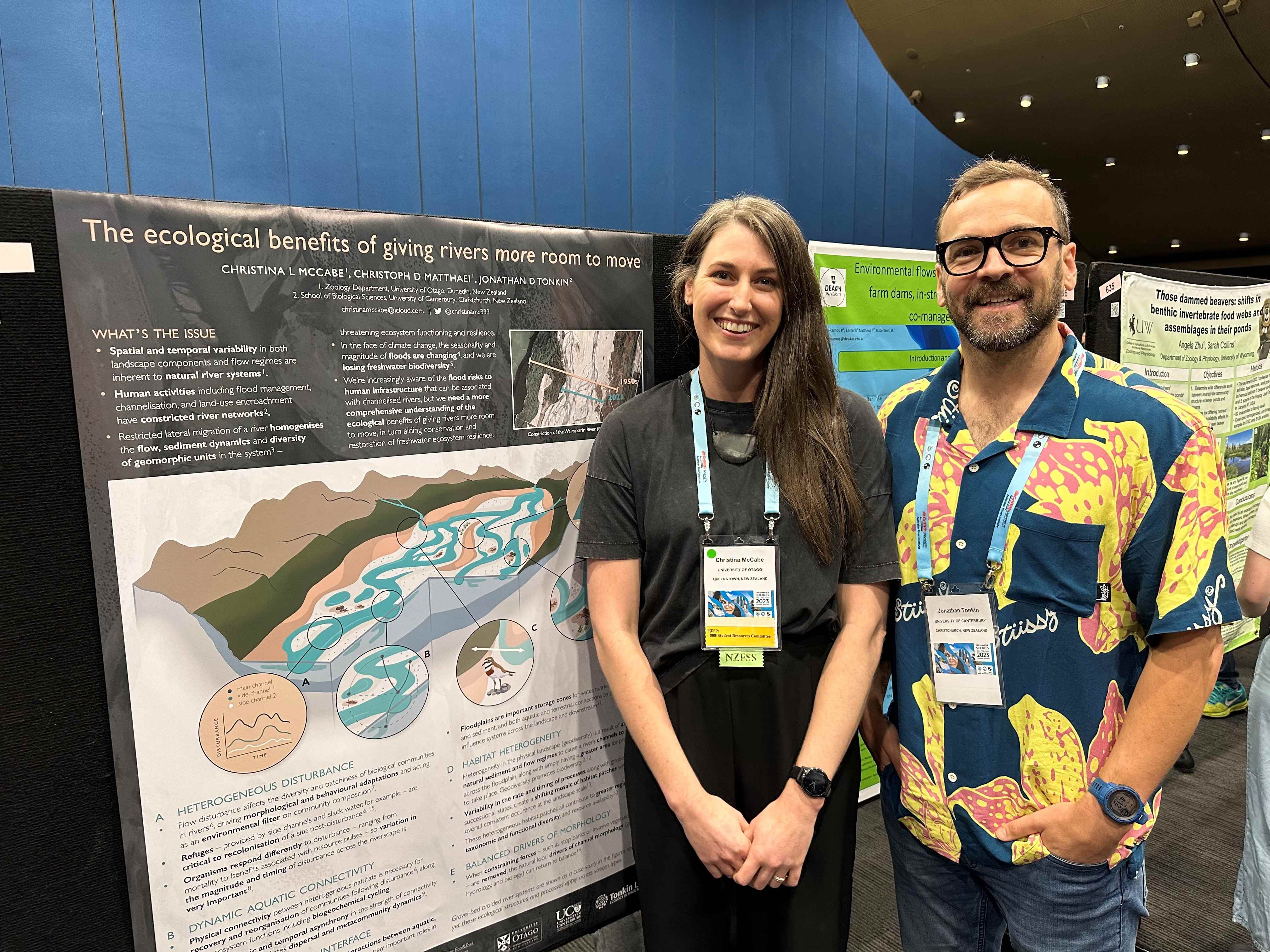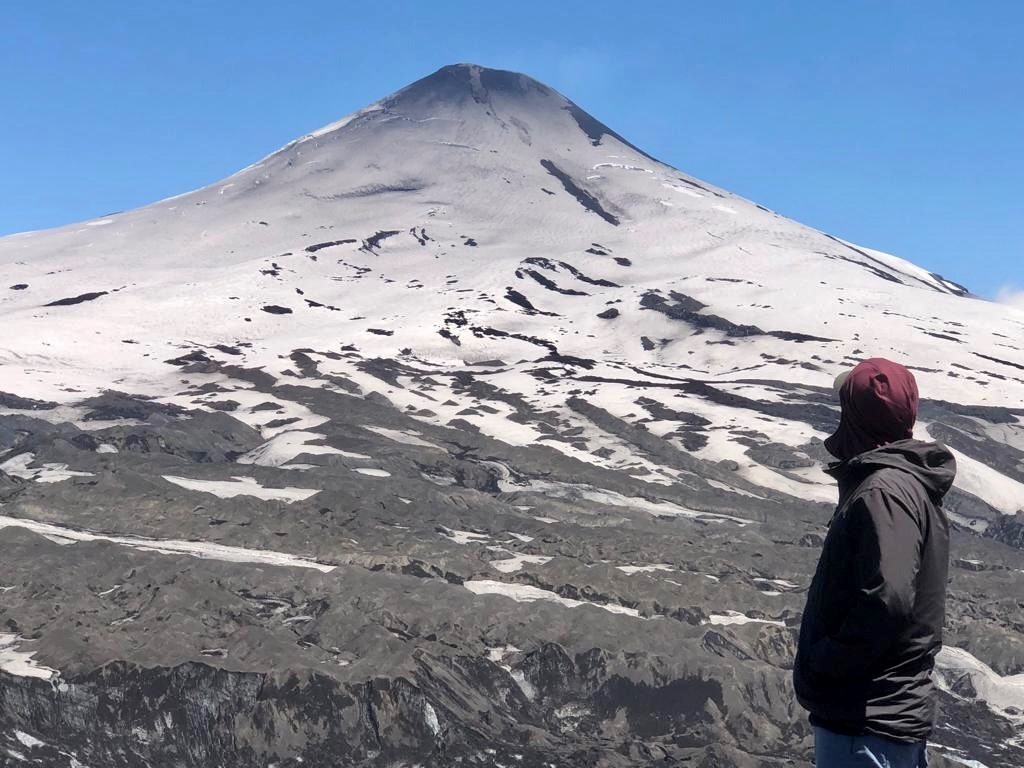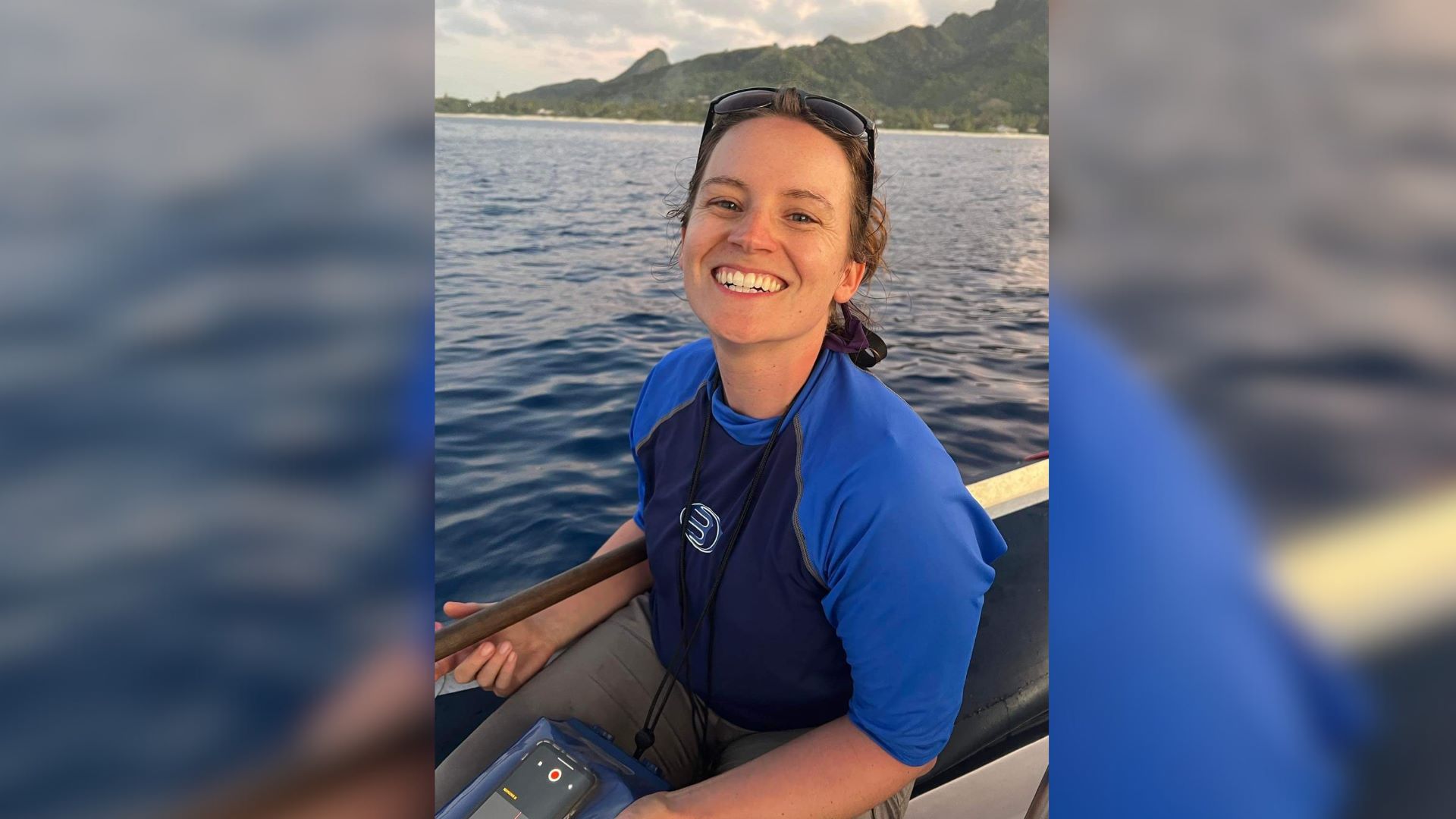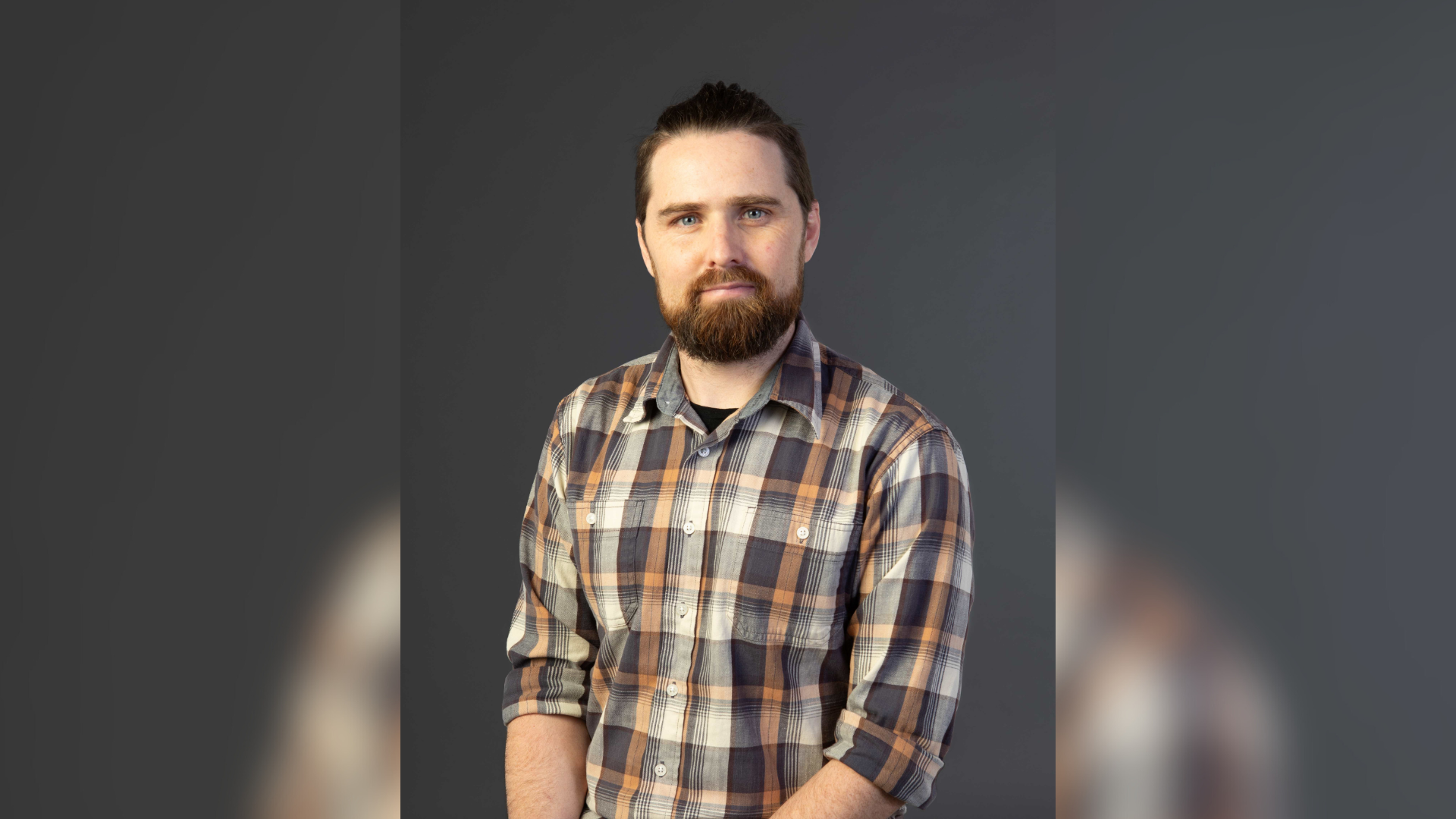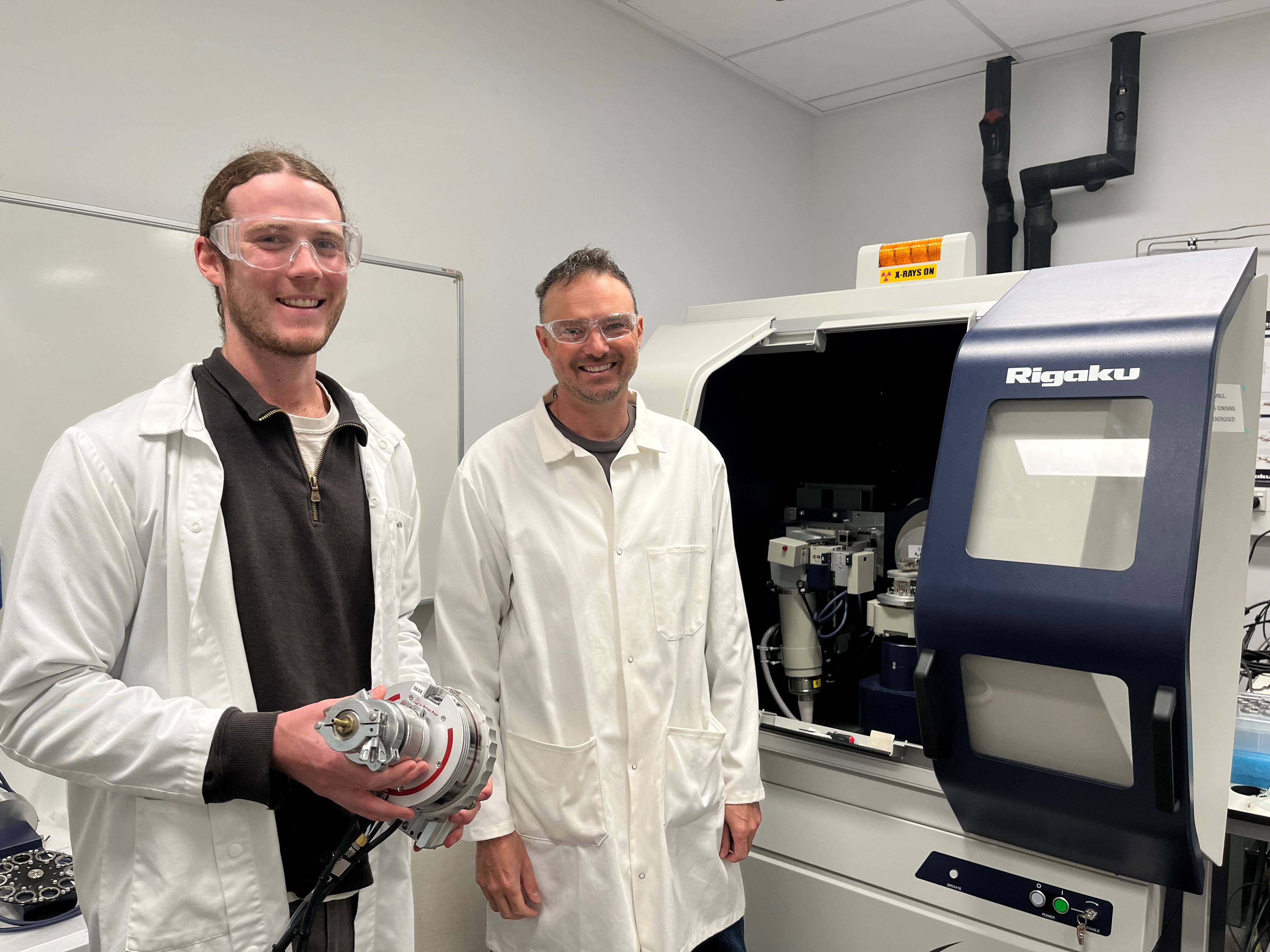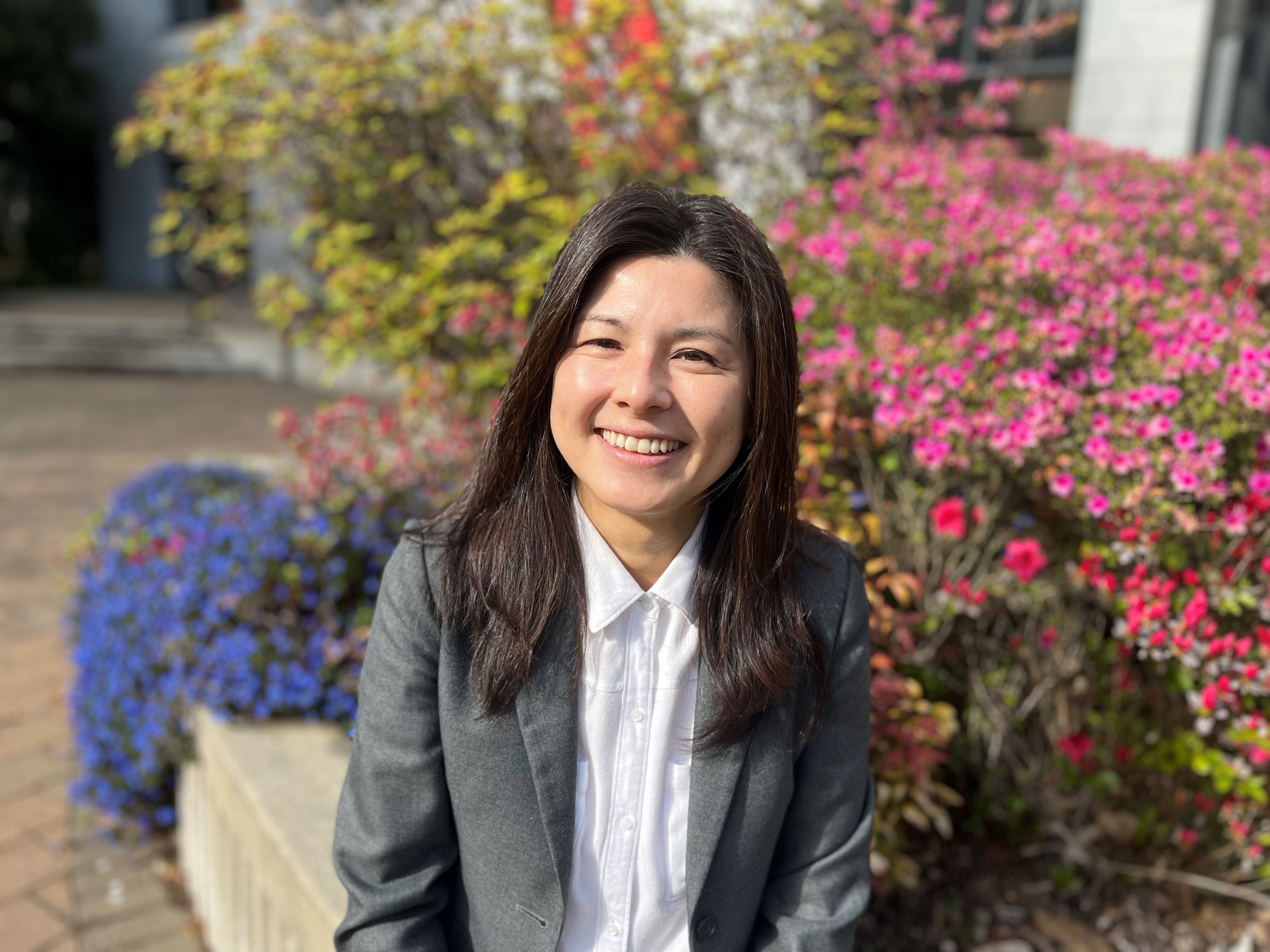The University of Canterbury's Toni Collins and Resilient Organisation's Dr Tracy Hatton and Sophie Horsfall have been funded by the Earthquake Commission (EQC) to evaluate what safety measures different organisations have developed to reduce risks and find out whether seismic safety is a priority for companies.
New research aims to reduce injuries in future earthquakes by collating and sharing what New Zealand companies have done to protect their staff and customers.
Over 3500 people were injured in the Canterbury earthquakes by masonry, bricks or other projectiles and researcher Dr Tracy Hatton says the 10th anniversary of the first earthquake in Darfield is a good opportunity to remind businesses to look at seismic hazards on their premises that are not related to the strength of the building itself.
Hatton and co-researchers Sophie Horsfall (both from Resilient Organisations) and Toni Collins (University of Canterbury) have been funded by the Earthquake Commission (EQC) to evaluate what safety measures different organisations have developed to reduce risks and find out whether seismic safety is a priority for companies.
“We are currently conducting one-to-one interviews with a variety of organisations of all sizes and are impressed with the level of engagement from organisations around earthquake risk,” says Hatton.
“We want to know what they are doing, what motivates them and what more they need to do.”
Hatton says there is no clear picture yet of whether seismic safety is a priority for Kiwi companies, but says that results from the research will help those who feel they need to do more, by learning from the experiences of others.
EQC’s Chief Resilience and Research Officer Dr Jo Horrocks says that as many New Zealanders spend a lot of their time at work, reducing risk in workplaces is vital.
“We know that most businesses are making sure they are in sound premises from a structural engineering point of view, but we don’t know how people are managing non-structural risks like ceiling tiles, light fittings, falling cabinets and heavy items like air conditioning units,” she says.
“This research will give us a much better picture of where business are successfully reducing these other risks for their staff and customers.”
The initial interviews have pinpointed what businesses are interested in, and a wider nationwide survey will now collect more data that will help businesses keep people safe on their premises.
Hatton says it is vital that as many companies as possible participate.
“Even if you have not taken any steps and feel you have little to contribute, the survey will provide an opportunity for you to identify areas where the business community may need more support to better prepare for an earthquake. It will also help build a picture of how well prepared New Zealand is across the board.”
The research will result in a Best Practice booklet that will be shared with all participants.
Hatton says the report will inform what earthquake risk reduction looks like in New Zealand and what methods and resources are being used by organisations.
“The research will also tell us what is helping or getting in the way of organisations taking steps to reduce risks and where improvements can be made.”
Hatton says Cantabrians have learned the painful way about the dangers of hazards like falling furniture and service equipment installed in ceilings, so the 10th anniversary is a perfect time to capture those learnings and remind the rest of the country to get prepared.
This release was originally posted on EQC.


